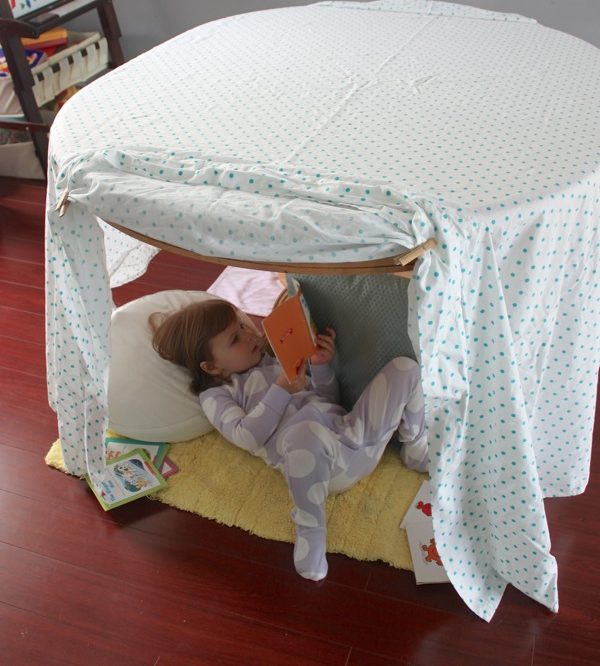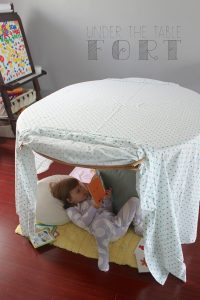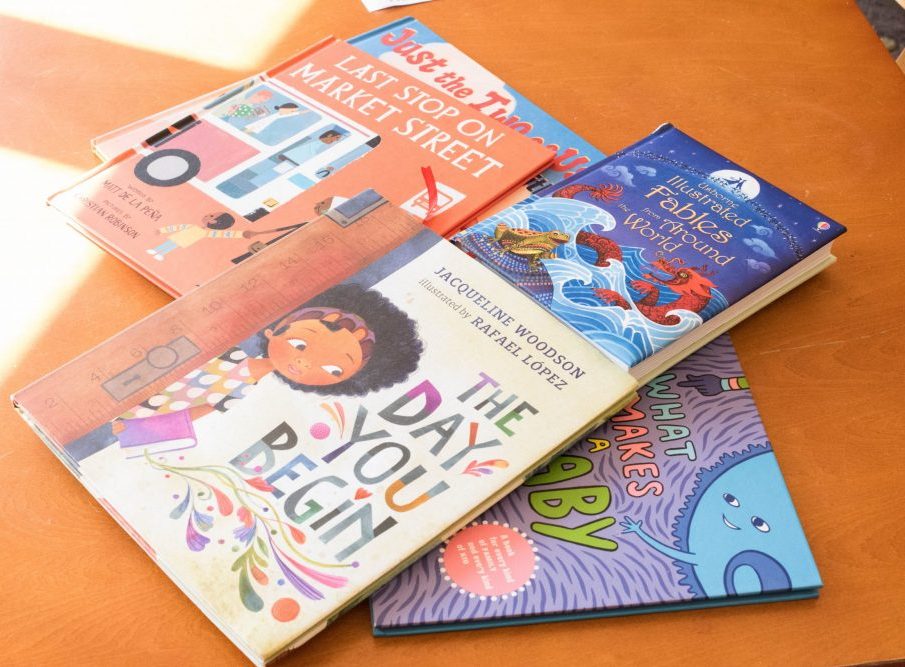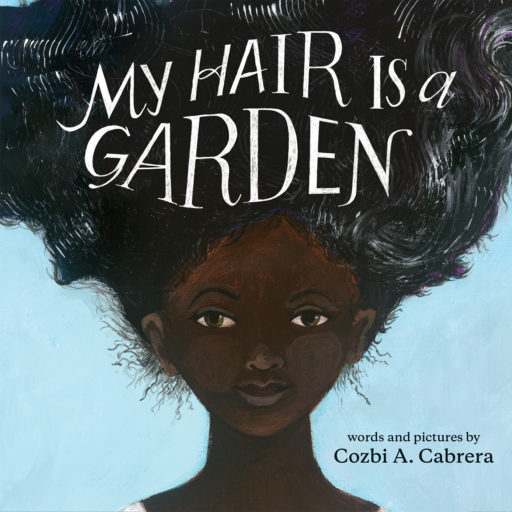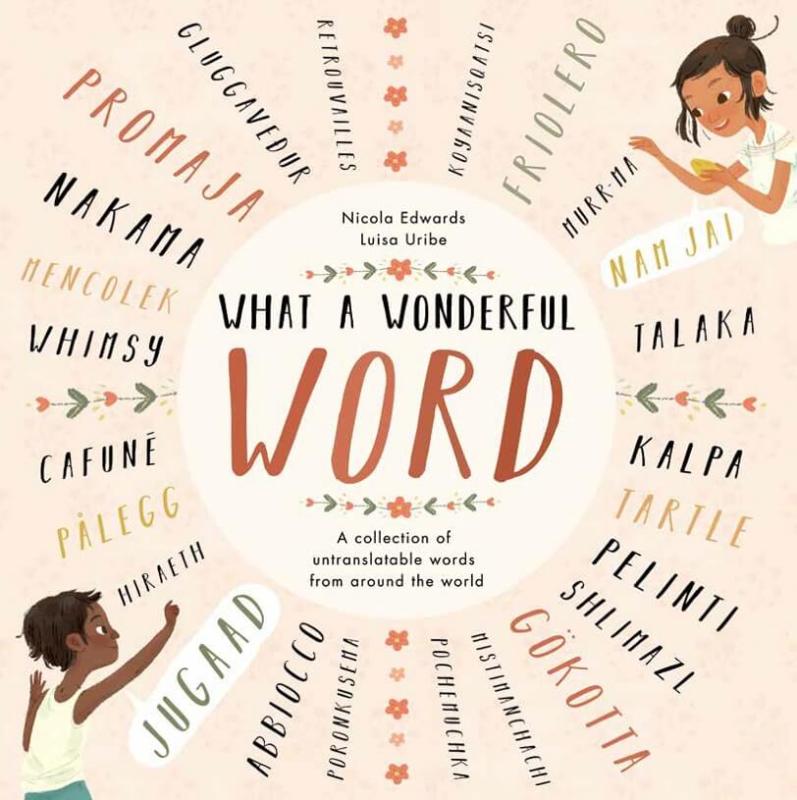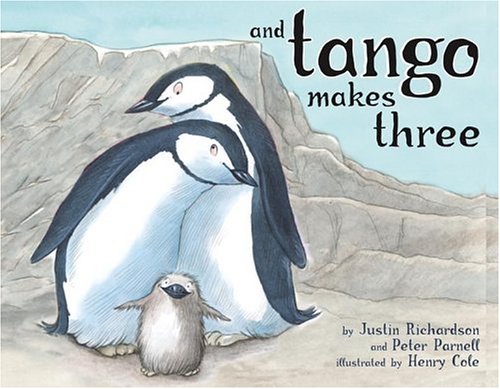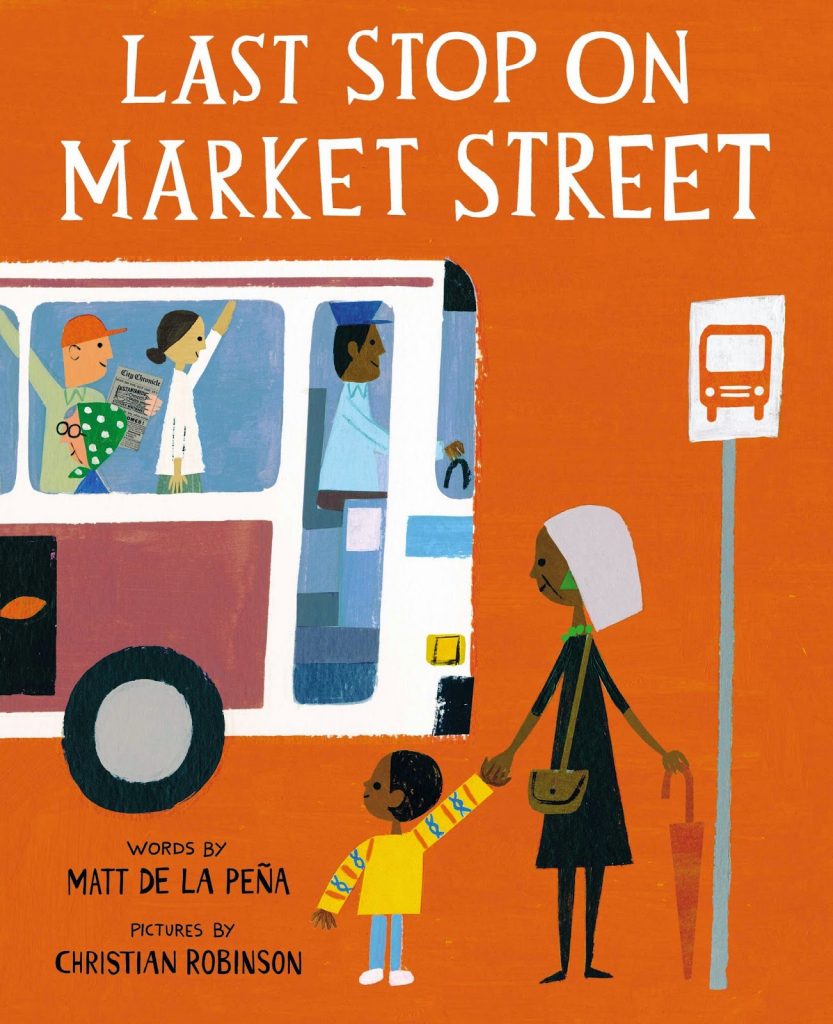[et_pb_section bb_built=”1″ _builder_version=”3.19.15″][et_pb_row _builder_version=”3.0.48″ background_size=”initial” background_position=”top_left” background_repeat=”repeat”][et_pb_column type=”3_4″][et_pb_text _builder_version=”3.19.15″ text_text_color=”#000000″ header_text_color=”#000000″]
Almost overnight, there has been a significant shift towards the use of screen technology as a primary means of communication. While this technology is not new, social distancing has brought us into a new level of dependency on it. As a consequence, many people are experiencing increased stress and a lack of vitality, phenomena described recently in articles in the National Geographic and the New York Times.
We already know about some of the negative effects of extensive screen time: exposure to EMFs and screen light; the lack of physical movement; and an overstimulation of the eyes. All of these are particularly harmful when not balanced with in-person human interactions, time in nature, full-body movement, and play.
Here are some thoughts about how to counteract these effects and stay healthy both in this challenging time and beyond.
Be grateful every day for the opportunity to connect online. Appreciate everything and everyone who has helped make our computers, the internet, and video conferencing possible and be grateful for the technologies themselves. They are truly amazing tools. When we are grateful for something, our relationship to it changes for the better.
Appreciate Real Human Connection. Do not think for a moment that web calls can replace real-time face-to-face in-person meetings. They are only a substitute for those situations where it is not safe or spatially possible to meet in person. The power of human connection cannot be replaced by a virtual meeting. Even now we can find ways to connect with people in face-to-face conversations from a safe distance. Do not underestimate the power of a single in-person conversation to bring joy into your day.
Have the Right Expectations. Do not expect virtual meetings to provide you with the warmth and the range of experience that in-person meetings offer. At the same time, treat an on-line meeting with the same respect you would an in-person meeting. Many people are finding it helpful to prepare for an online meeting by imagining the others who will be on the call and thinking about them ahead of time. Even when we are meeting face-to-face, this is a helpful practice.
Create a Comfortable Space. The space you create for the meeting is important whether you are all together in the same place or in a virtual setting. Be comfortable. Be aware of what is behind you that others can see. Dress appropriately. Limit background noise. Try not using background pictures of a different setting, as this can be distracting to you and to the others and it adds nothing to the meeting. It just brings in another illusory element to the event. It is helpful to have something beautiful to glance at when you need to turn your eyes away from the screen. It is much like driving — it is good and less stressful to keep your eyes moving, not just peeled on the road ahead. Sit where you can occasionally glance out the window or glance at something beautiful.
Be Conscious of Your State of Mind. Take a minute or more before the meeting to check in on your mood and your frame of mind. Your thoughts and feelings are real and have an effect on you, on the space around you, and on other participants. Bringing your most positive self to the meeting may have a significant effect on what can happen in the meeting. Simple rituals can also help you feel more present. Consider lighting a candle or holding a stone in your hand. Consider turning off the video for parts of the meeting/conversation. Just listening, without added visual distraction can be less stressful.
Go Slowly, Breathe, and Look for Balance. The added stress of web conferencing requires more rest time for both your mind and your body. Find a few moments each day to be quiet, especially between meetings. The mind and the computer can move at a pace that the body cannot. Virtual meetings are better when breaks occur regularly that allow everyone to breathe out and recenter. You will find your own rhythm for this. Many people use games, breaking into small groups, or other activities to break up longer sessions. Make sure that the mission of the group is touched upon regularly. Make sure that everyone touches in (when groups are not too big). Begin and end the meeting with an inspirational quote or poem.
Recognize the difference between the picture and the person. It helps to remember that the other person is not what you see on the screen. The screen offers only a facsimile. The real person is vastly more dynamic, complex, whole, and wonderful than any screen image can convey. In many ways, the picture you have in your imagination, with all of its connections of memories, stories, feelings etc. is a much more living picture of the person than what you see on a screen. Bringing an image of the other into your mind can help the screen connection be more living. When meeting with new people, take a few minutes to introduce each other, to share something personal so that the screen image is more alive. It helps to think of the person(s) before the meeting to bring more life to the online interaction. The interest you take in others, whether in person or virtual, can make a significant difference in the quality of your connection and your time together.
Take an Active Interest, Stay Open-minded to Others. Keeping an open heart and mind to colleagues, friends and new acquaintances can make a significant difference in the quality of interactions with them. There are many practices to help maintain an open attitude with others. Try to see them in a positive light. Be grateful for how they are part of your life. Loving interest is a living force that can overcome all manner of interpersonal hindrances.
Separateness and Wholeness. In an online meeting, the digital nature of the medium cannot capture the wholeness of the meeting or of the group. The participating human beings give the meeting a sense of wholeness, purpose, and camaraderie. To be really enlivening a meeting needs to provide a sense of individuality and wholeness.
We always live life on two levels at the same time. We experience our life as a world of separate things, people, and places. At the same time, we also experience life and the world as a unified whole, interpenetrated, interwoven and full of unexplained wonder.
It is the combination of these two levels that allows us to create wholeness out of separateness.
One imagination that can help is to remember that the physical distance that separates people also connects them. We stand on the same earth. We breathe the same air. We are warmed by the same sun, see the same moon in its phases, and wonder at the same stars. The mountains, the valleys, the rivers and the seas are all connected. Through them we are and can feel connected and in touch no matter where we are.
All of these suggestions have a common foundation – the practice of interest, respect, and care for the self and others. One possible result of this global pandemic will be a much greater understanding and consciousness of the ways we are and can be connected, heart to heart, even over long distances.
Michael Soule
Whidbey Island
May 2020
Michael Soule has been involved in Waldorf Education since 1983, as a parent, teacher, school administrator, board member, AWSNA Executive and school advisor. Currently, he is the administrative director of Sound Circle Center teacher training in Seattle and works with experienced colleagues in Leading with Spirit, an initiative to provide training, professional development, resources and advisory support to schools and school leaders. You can contact him at mhsoule@gmail.com or visit his website, www.Leadtogether.org
[/et_pb_text][/et_pb_column][et_pb_column type=”1_4″][et_pb_gallery gallery_ids=”1881,1439,1667,1440,2327″ posts_number=”8″ show_title_and_caption=”off” show_pagination=”off” _builder_version=”3.19.15″ hover_overlay_color=”rgba(255,255,255,0.9)”]
[/et_pb_gallery][/et_pb_column][/et_pb_row][/et_pb_section]




